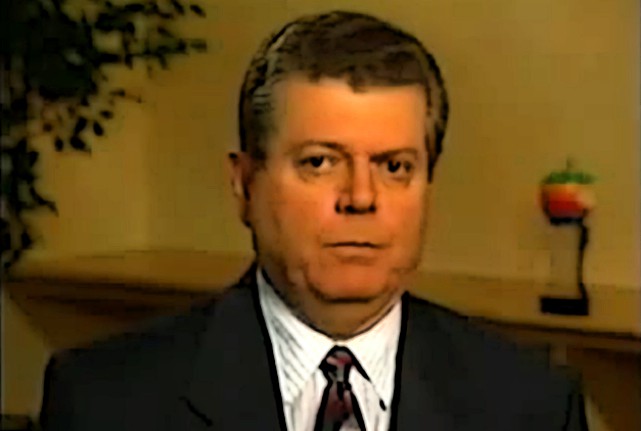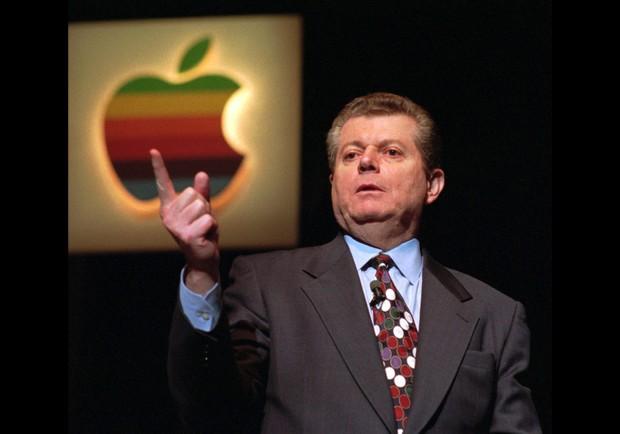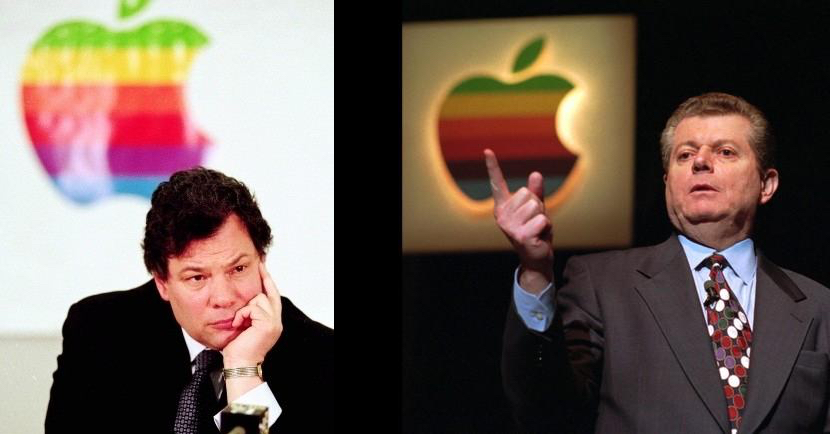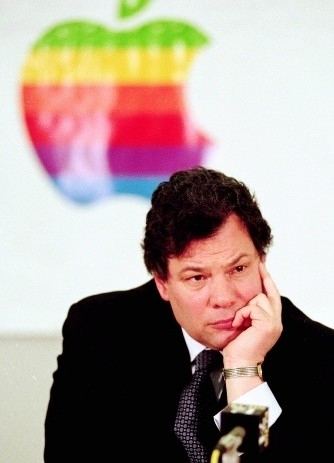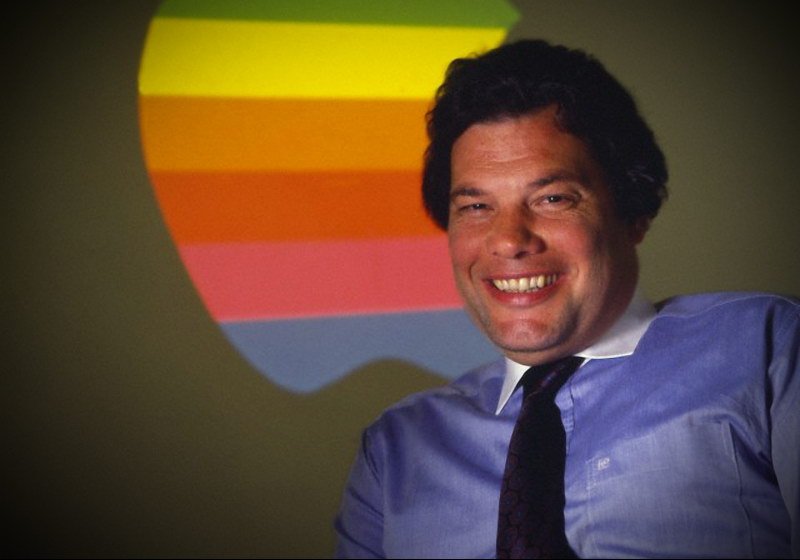It was February 2nd, 1996. Apple was in its "Jobless era" and it was struggling. No one was too surprised by the fact that the situation required a radical change in management, and Michael "Diesel" Spindler was replaced at the head of the company by Gil Amelio.
It could be interest you
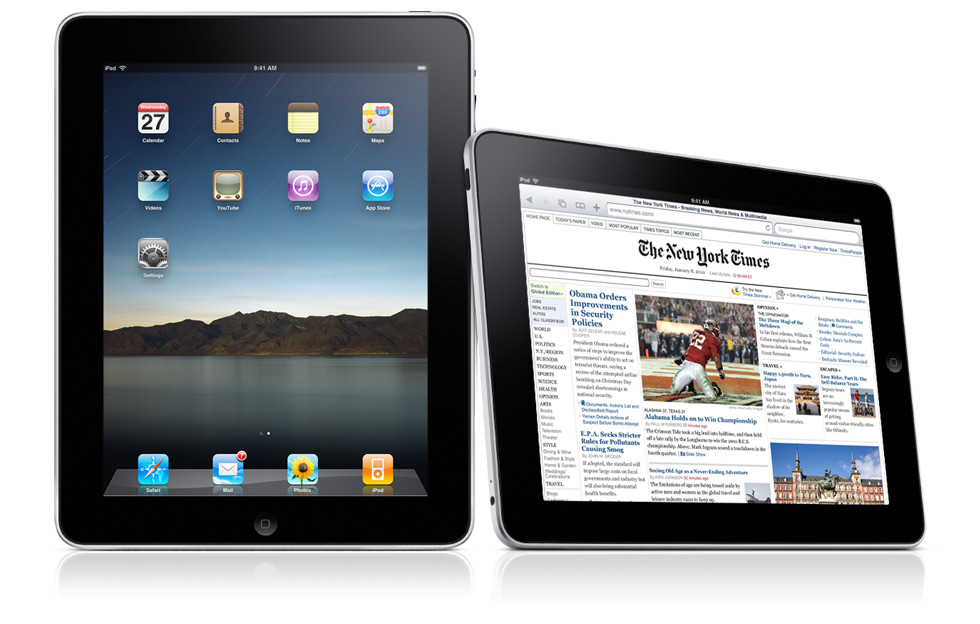
Due to disappointing Mac sales, a disastrous Mac cloning strategy, and a failed merger with Sun Microsystems, Spindler was asked to resign by Apple's board of directors. The supposed corporate prodigy Amelio was then appointed to the position of CEO in Cupertino. Unfortunately, it turned out that it was not a significant improvement over Spindler.
Apple really didn't have it easy in the 90s. He experimented with a number of new product lines and did everything to stay in the market. It certainly cannot be said that he did not care about his products, but his efforts still did not meet with the desired success. In order not to suffer financially, Apple was not afraid of taking very drastic steps. After replacing John Sculley as CEO in June 1993, Spindler immediately cut staff and research and development projects that would not pay off in the near future. As a result, Apple has grown for several quarters in a row — and its stock price has doubled.
It could be interest you
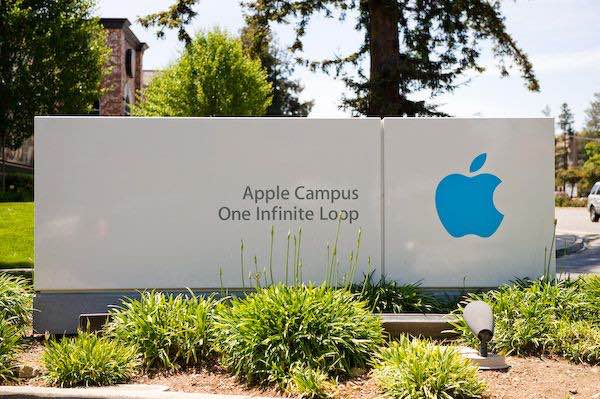
Spindler also oversaw the successful launch of the Power Mac, planning to refocus Apple on a larger Mac expansion. However, Spindler's strategy of selling Mac clones proved tragic for Apple. The Cupertino company licensed Mac technologies to third-party manufacturers such as Power Computing and Radius. It seemed like a good idea in theory, but it backfired. The result was not more Macs, but cheaper Mac clones, reducing Apple's profits. Apple's own hardware also faced problems - some may remember the affair with some PowerBook 5300 notebooks catching fire.
When a possible merger with Sun Microsystems fell through, Spindler found himself out of the game at Apple. The board didn't give him a chance to turn things around. Spindler's successor Gil Amelio came with a solid reputation. During his time as CEO of National Semiconductor, he took a company that had lost $320 million over four years and turned it into a profit.
He also had a strong engineering background. As a doctoral student, he participated in the invention of the CCD device, which became the basis of future scanners and digital cameras. In November 1994, he became a member of Apple's board of directors. However, Gil Amelia's tenure at the head of the company had one significant benefit - under his leadership, Apple bought NeXT, which enabled Steve Jobs to return to Cupertino in 1997.
